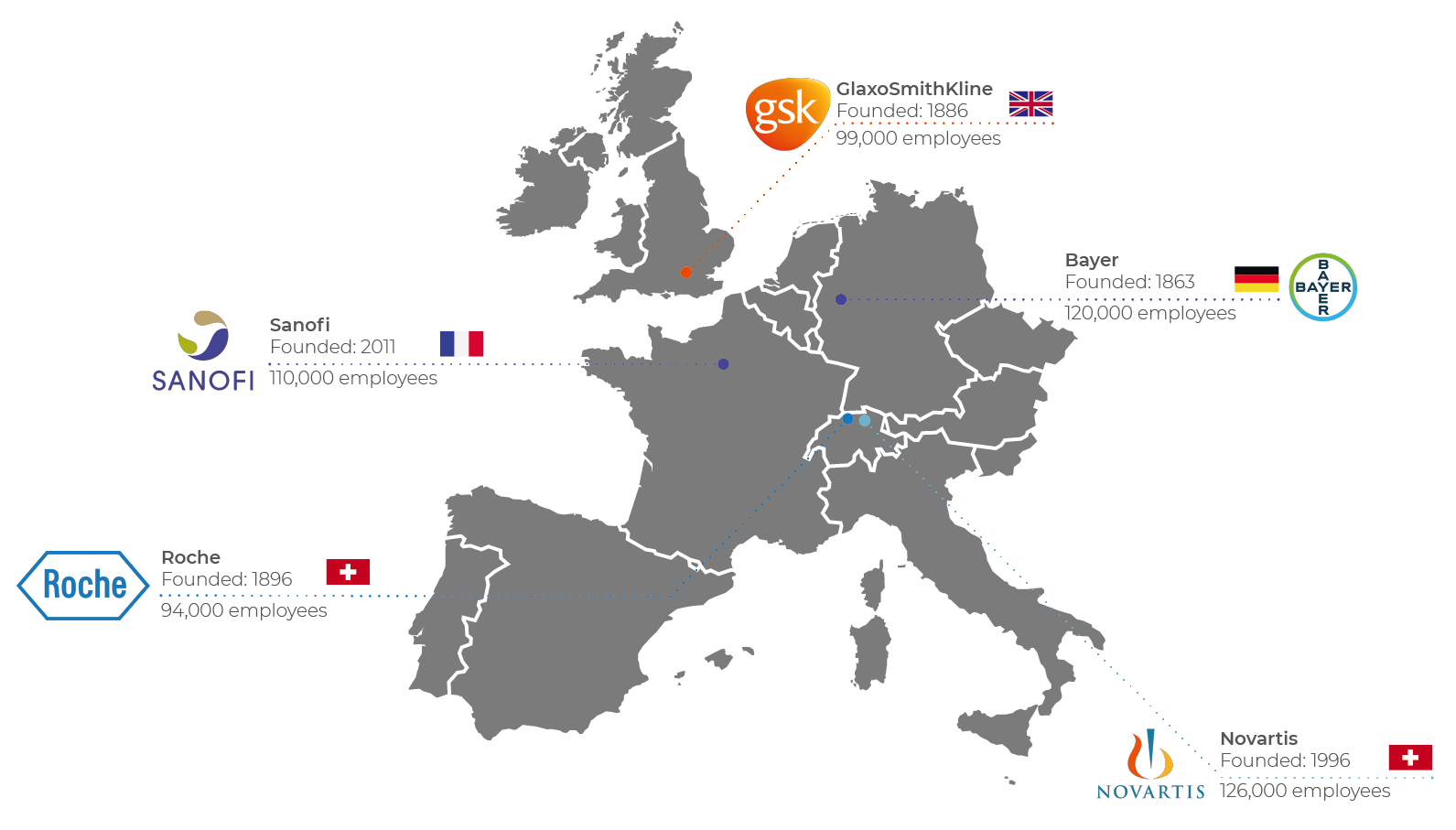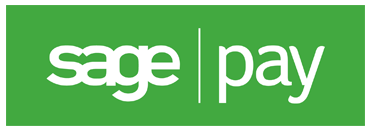Who, What, Why, Where, When: The Pharmaceutical Top 10
The state of the pharmaceutical industry is something we’re sure the majority of you have heard of in the news or mentioned alongside politics. The pharmaceutical industry is a talking point that appears routinely, usually involving new drugs, scientific breakthroughs, or mentions of the big industry players;
We defined the top 10 pharmaceutical companies by the revenue they generated in 2017 and used this as the basis for our study. This is what we found.
The Top 10 pharmaceuticals by revenue
Listed below are the 10 largest earners ranked by revenue in the pharmaceutical industry. However, not all pharmaceutical companies operate purely within the pharmaceutical segment as some produce medical devices etc. – So we’ve compared total revenue generated against revenue generated from the pharmaceutical segment
(Converted from USD to GBP)
| Company | Total Revenue (2017) Billions | Revenue (2017) Billions From Pharmaceutical Segment | Percentage Of Revenue From Pharmaceutical Segment |
|---|---|---|---|
| Johnson & Johnson | 58.40 | 27.68 | 47% |
| F. Hoffmann-La Roche | 43.79 | 33.87 | 77% |
| Pfizer | 40.11 | 40.11 | 100% |
| Novartis | 37.49 | 25.19 | 67% |
| Sanofi | 32.10 | 27.98 | 87% |
| GlaxoSmithKline | 32.10 | 18.35 | 57% |
| Merck & Co. | 30.61 | 27.01 | 88% |
| Abbvie | 21.54 | 21.54 | 100% |
| Bayer | 21.16 | 14.70 | 69% |
| Abbott Laboratories | 20.88 | 3.27 | 16% |
Although the majority of revenue earned comes from pharmaceuticals for most of the big players, only Pfizer and Abbvie (ranked 3rd and 8th respectively) generate revenue solely from pharmaceuticals.
What’s interesting is that the only two companies generating less than half of their total revenue from pharmaceuticals come in at first and last place.
So we’ve defined just exactly how much the public is making the big pharmaceuticals, and more specifically, how much is earned from their drugs.
So where is it going?
We’ve mapped out where these companies are based below.
Where in the world are they?
Europe
U.S.A
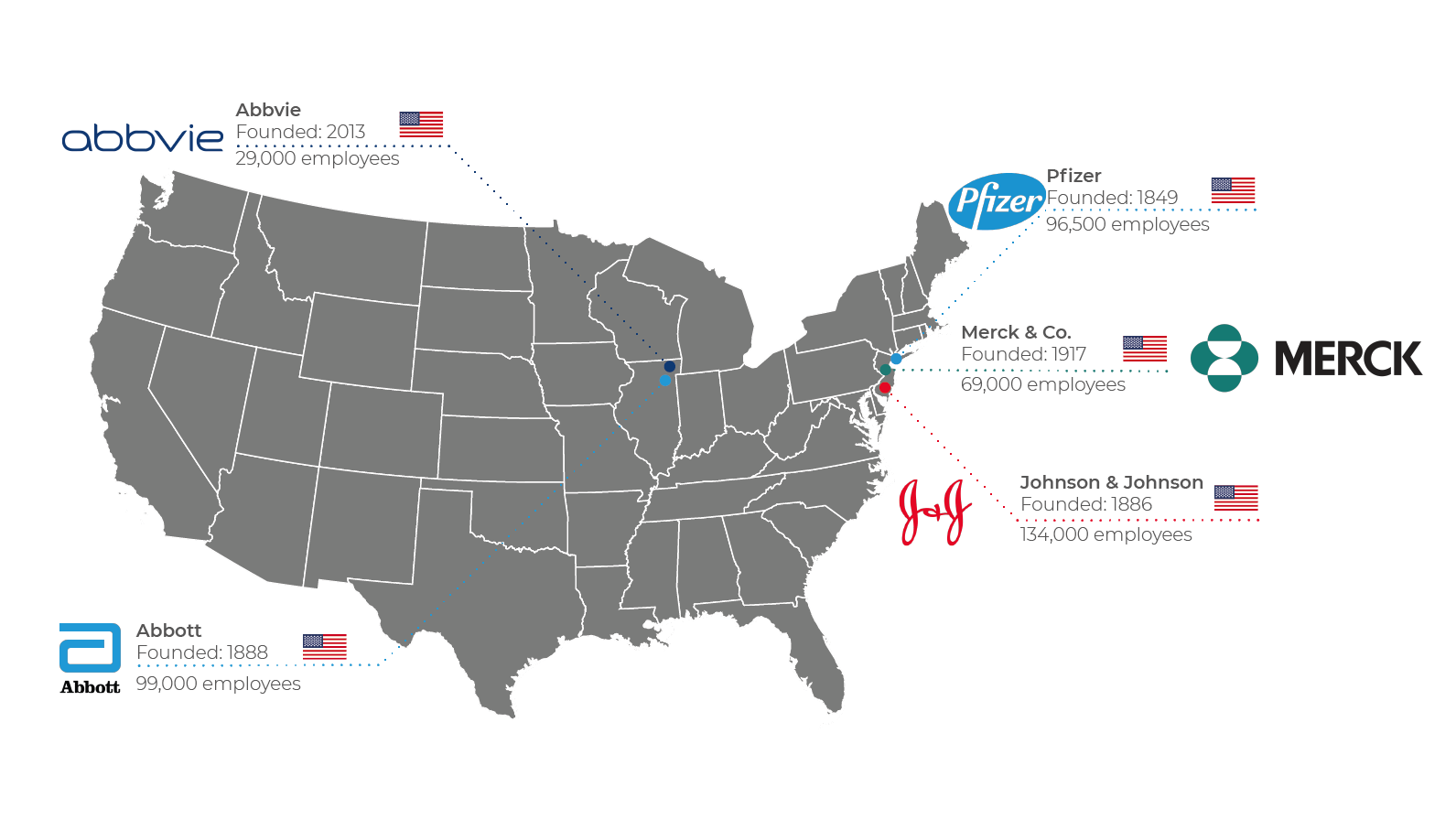
Of the 10 largest pharmaceuticals in the world, half of them are based in the United States – unsurprisingly so considering the prescription drug expenditure in the U.S.A. The other half of the top 10 if then spread across western Europe.
Pfizer, headquartered in New York City is the oldest company on the list (founded 169 years ago) and is also the largest company to acquire 100% of its revenue from pharmaceuticals. Abbvie, the youngest company on the list was founded just 5 years ago as a spin-off of Abbott Laboratories and also makes 100% of its revenue in the pharmaceutical segment.
The U.S accounts for just over half of all revenue generated by those in the top 10 (£338.18 billion). £171.54 was generated in 2017 by those based in the states compared to £166.64 earned by European companies. Further splitting this revenue by country looks like this:
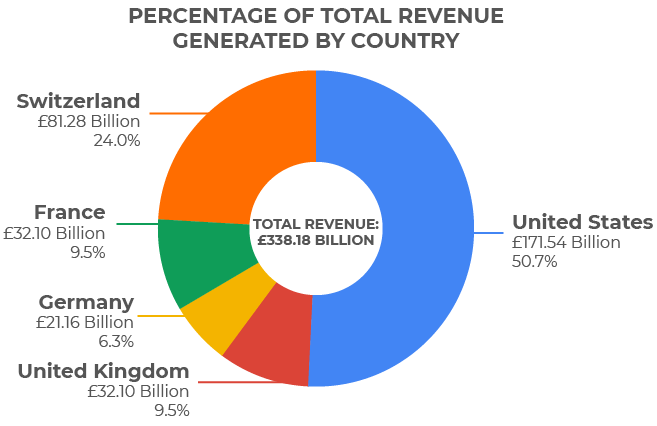
Medical fields – Who’s researching what?
IQVIA Institute for Human Data Science released a report this year stating that global drug spending in 2017 was £863.5 billion (that’s 9 zeroes) with an annual growth rate of 3-6% through to 2022 (that’s exceeding 1 trillion pounds, or, 12 zeroes).
We’ve answered the who and where, so now we’re going to look at what. A lot of money is invested in the research and development of medical treatments each year for every pharmaceutical company – but they’re not all working towards the same goal so we’ve looked at exactly who’s working on what by reviewing each company’s development pipeline by medical category (defined by the company).
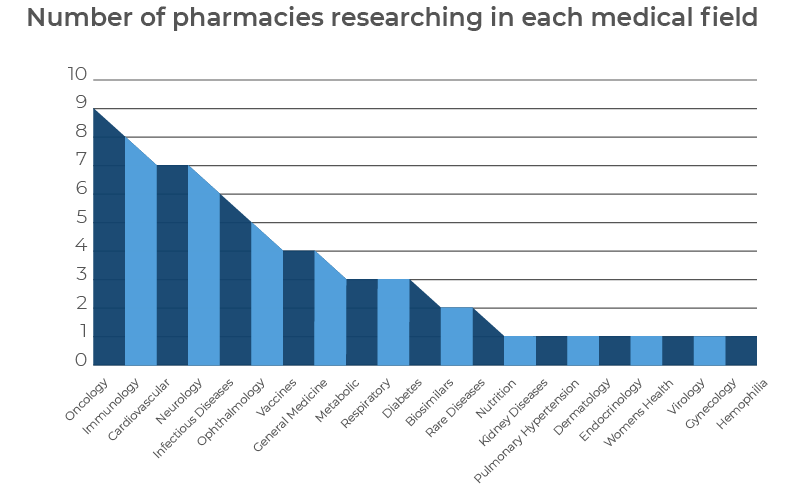
Nearly every pharmaceutical company is investing time and money into the research and development of cancer treatment, with only one company in the top 10 not doing so. That’s great news in the fight against cancer as mortality rates continue to drop.
Immunology, cardiovascular diseases, neurology, and vaccines are also great areas of interest with half or more of the top 10 pharmaceutical companies developing treatments in these areas.
Gender diversity in leadership
So far no real surprises have emerged. The U.S and Europe are at the forefront of the pharmaceutical industry, and they earn a lot of money in doing so. So we looked at who’s running these huge companies.
According to WISE Women in STEM workforce, 2017
42% of science professionals are female
This sounds great initially, but we then looked at women in leadership roles within the industry and the numbers dropped depressingly low. Of the top 10 pharmaceutical companies only one has a female C.E.O – Emma Walmsley of GlaxoSmithKline.
To classify the number of women in leadership roles we reviewed each company’s website and recorded those on the board of directors and those apart of the executive leadership team.

- Of the 133 people that make up the executive leadership teams across the top 10, only 34 are female (22%)
- Johnson & Johnson and Pfizer have the most equal gender gap in their executive teams with 40% made up of women for each company
- Next, and quite far behind them is Abbott Laboratories with 27% of their executive team being female
- Bayer is lacking far behind. 92% of their executive team is male
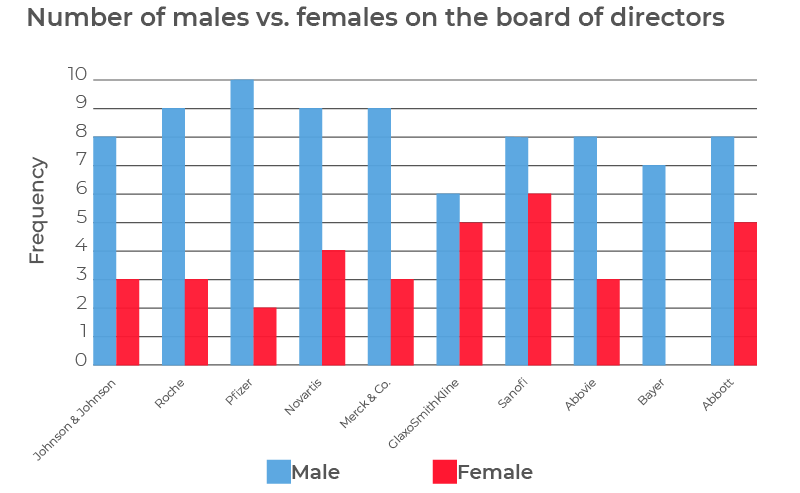
- 116 people are on the board of directors across the top 10 pharmaceutical companies. 34 are female (29%)
- GlaxoSmithKline and Sanofi have the most diverse boards with 45% and 43% of their teams being female respectively
- Bayer is the only company to not have a single female on the board of directors
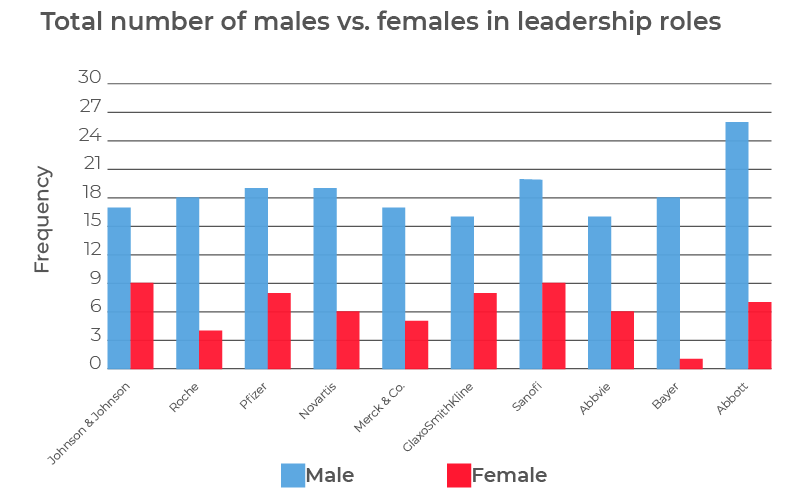
Not a single leadership team has an equal number of men & women at the helm and combined across each of the top 10 pharmaceutical companies women only account for 25% of leadership teams. Johnson & Johnson are far ahead with 35% of their leadership team being comprised of women, while Bayer is severely lacking in equality with just 1 woman in leadership for the entire company (6%).
GlaxoSmithKline follows Johnson & Johnson shortly after with 33% of leadership being female; unsurprising for a company with a female CEO but that’s still just 1/3 of their entire leadership team.
Gender equality has come a long way in the past 100 years and although this improvement has helped see women make up nearly 50% of the total workforce in the pharmaceutical industry, there is still a long way to go before we see the gap in gender equality within pharmaceutical leadership begin to close.

